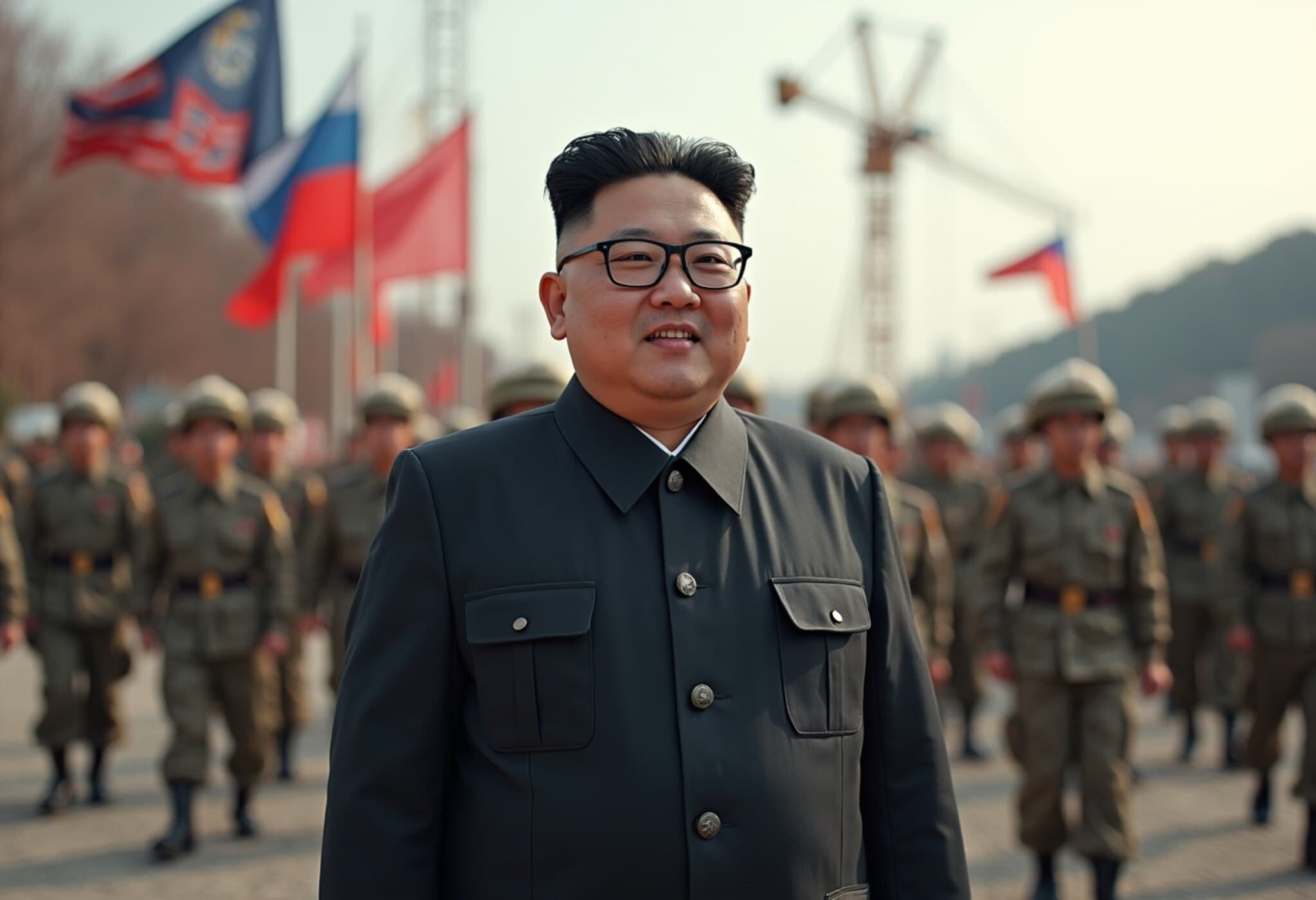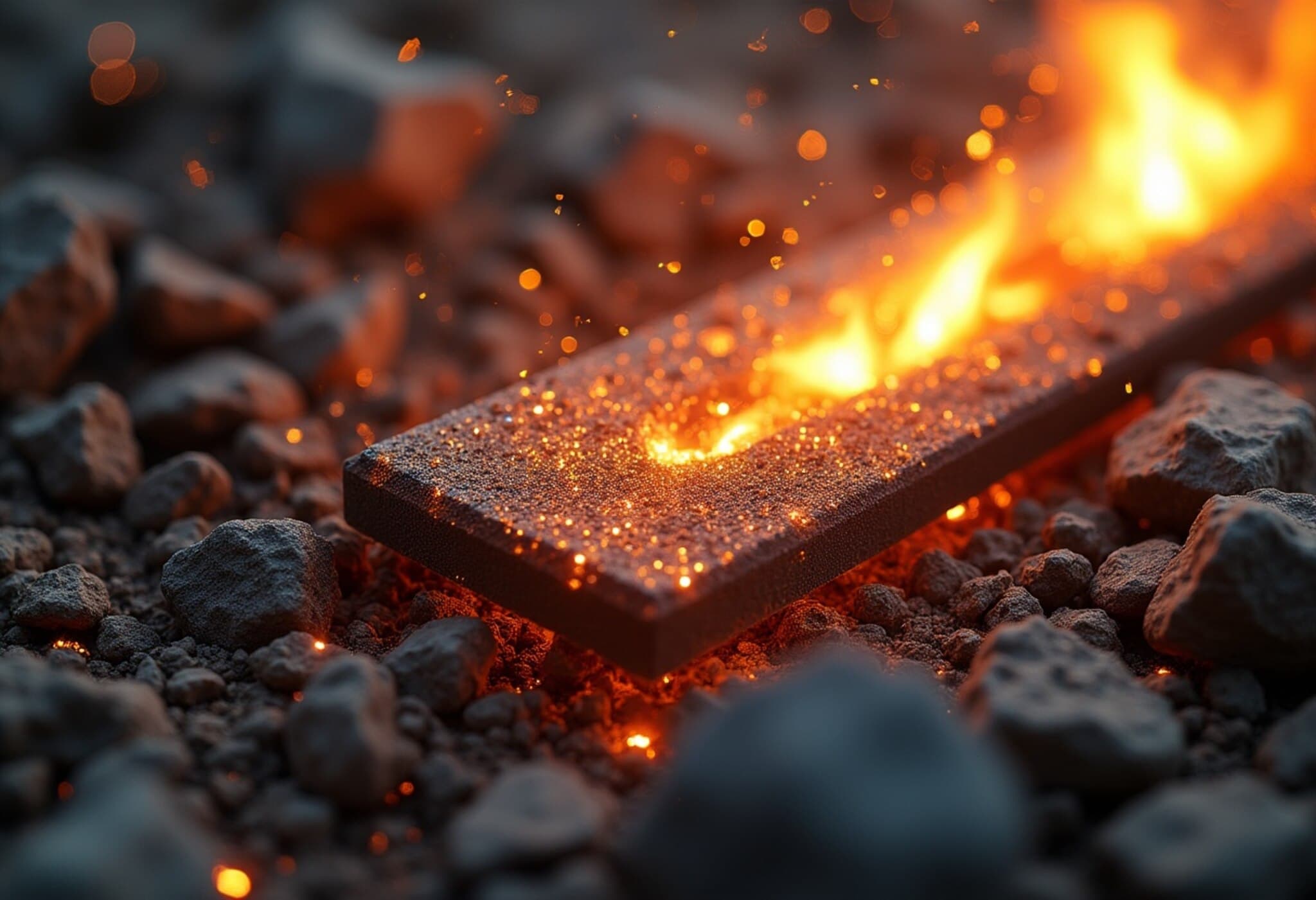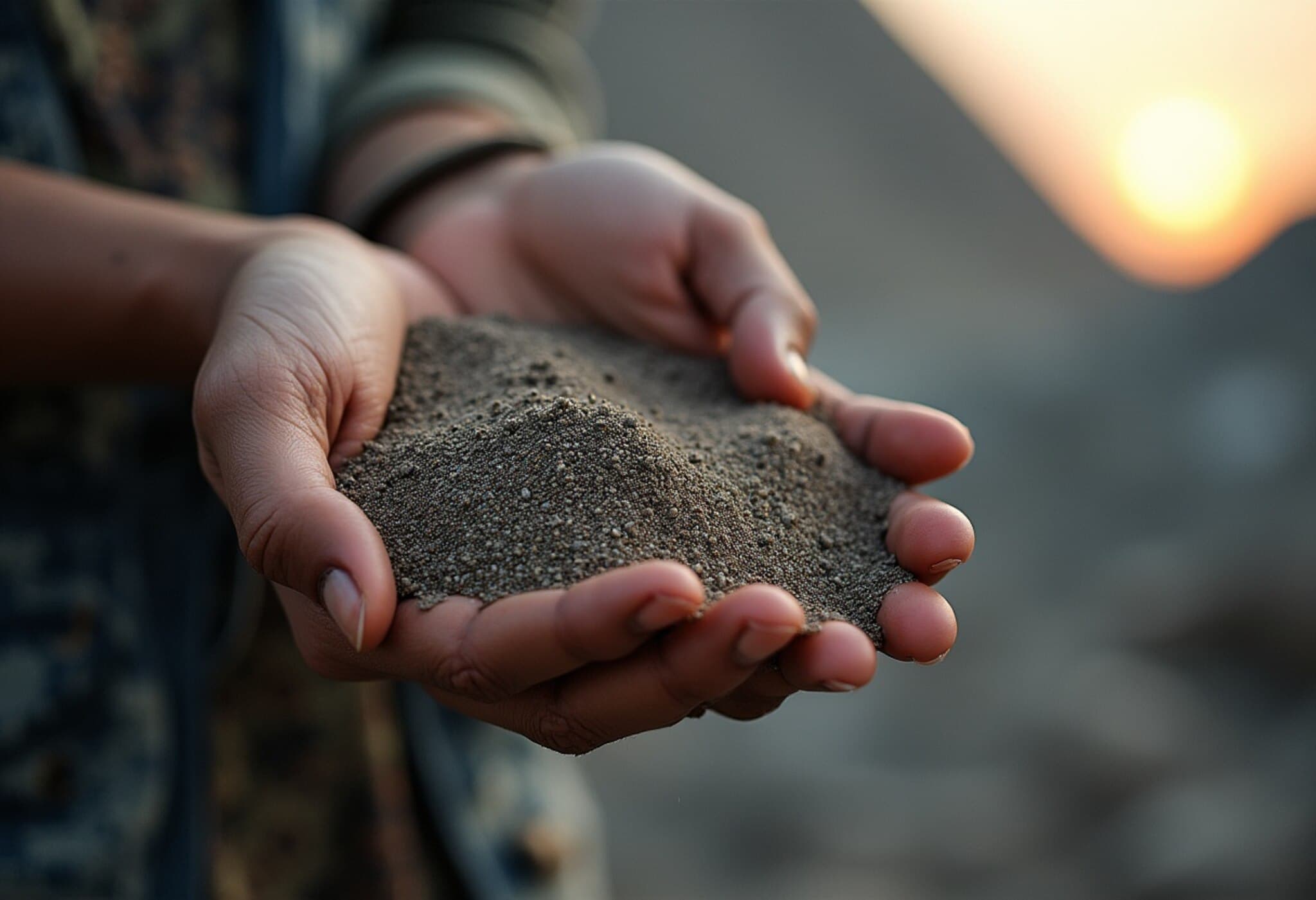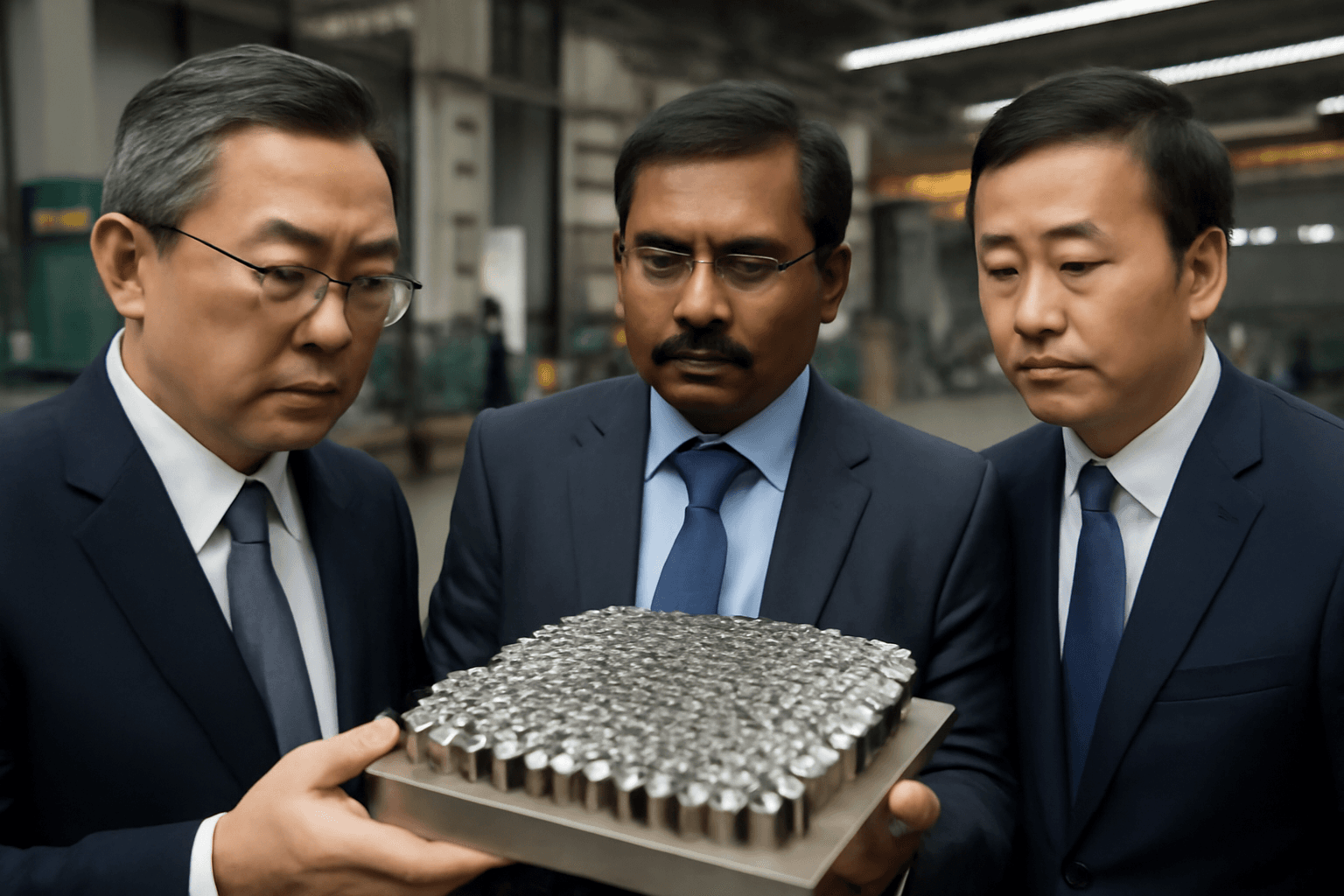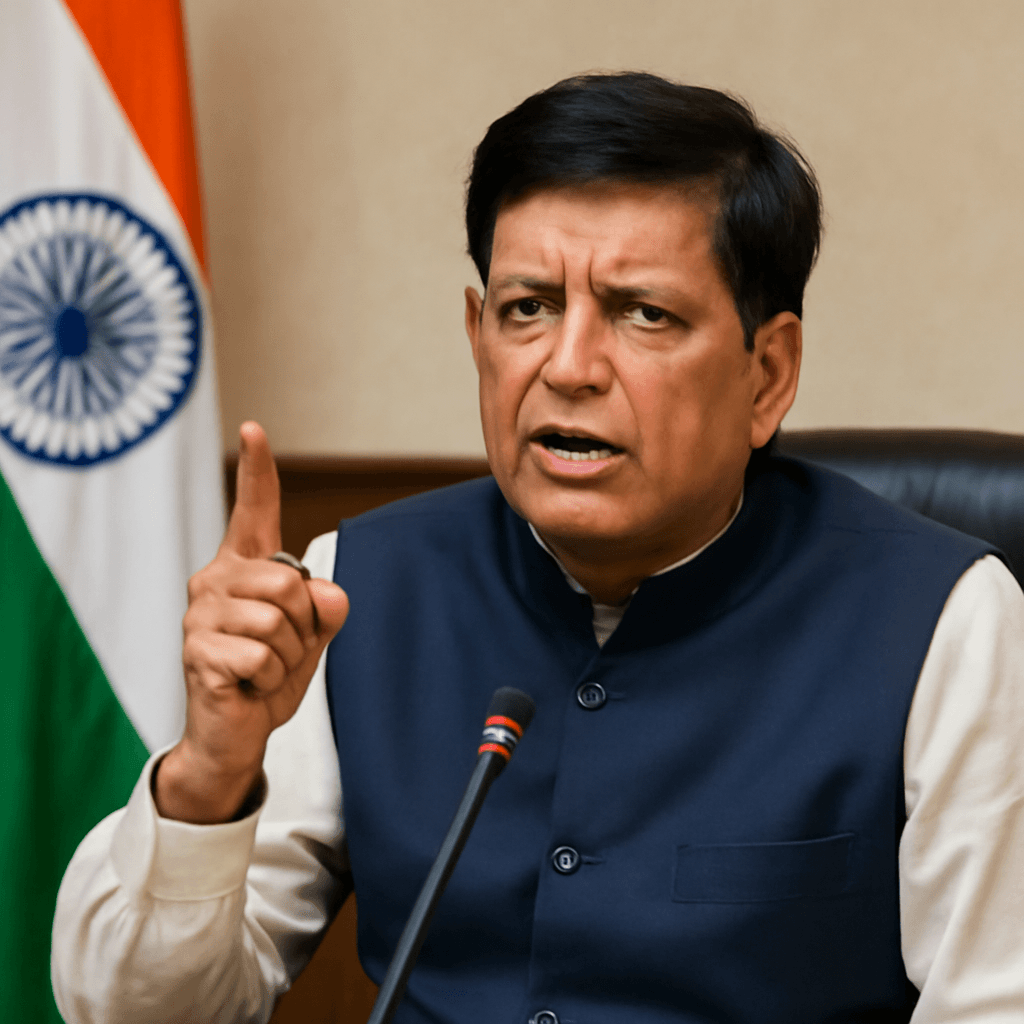The Rising Influence of China's Strategic Trade Measures
China’s reputation for using trade as a potent geopolitical weapon is well established, from its bans on Taiwanese pineapples to tariffs slapped on Australian wine. However, recent moves suggest Beijing is shifting focus towards a far more strategically significant asset: rare earth elements (REEs). These materials underpin critical technology industries worldwide, putting China in a powerful position to exert economic and political pressure not only on its neighbors but on global powers, including the United States.
From Agricultural Boycotts to Rare Earth Sanctions
Historically, China’s economic coercion has been blunt and mostly regional — illustrated by unofficial boycotts of products or tourism from countries taking positions contrary to Beijing’s interests. Examples include:
- Banning Taiwanese pineapples citing quality concerns.
- Slapping tariffs on Australian wine following diplomatic disputes.
- Subtle discouragements of Chinese tourist visits to the Philippines.
While these measures caused economic discomfort, their political efficacy was inconsistent. Australia continued to push back on China’s policy demands despite wine import restrictions; South Korea proceeded with its missile defense systems despite Beijing’s reactions; and US-China trade tensions saw symbolic sanctions rather than crippling economic consequences.
Why Rare Earth Export Controls Represent a New Era
China’s newly imposed restrictions on rare earth minerals and the specialized magnets derived from them mark a significant escalation. Rare earth elements are indispensable in manufacturing everything from electric vehicles and smartphones to defense systems. This emerging tactic has stirred alarms in global auto manufacturing hubs, threatening factory shutdowns amid supply shortages.
According to a Financial Times analysis, these sanctions have contributed to a strategic pivot in US policy, pushing Washington to roll back tariff increases amidst supply chain disruptions.
Global Ramifications of China’s Rare Earth Strategy
China’s grip on rare earth supply chains extends beyond the United States:
- Japan and South Korea have seen significant export decreases, destabilizing key industries.
- Indian automobile manufacturers faced production cuts due to shortages.
- The European Union has heightened its focus on diversifying rare earth sources, making it a central agenda item during diplomatic engagements with China.
This approach also incorporates extraterritorial demands, pressuring international companies not to use Chinese minerals in products intended for the US defense sector — a novel and assertive legal maneuver.
Challenges and Western Vulnerabilities
Despite long-standing awareness of China’s dominance in rare earth mining and processing, Western governments and industries remain ill-prepared. Since China initially cut rare earth exports to Japan in 2011, efforts to secure alternative supply chains have been patchy and underfunded. Notable actions include:
- Japan’s investment in Australian mining operations.
- South Korea’s stockpiling strategies.
Nonetheless, many manufacturers maintain only minimal reserves — often just enough for a week’s production. This exposes a glaring supply chain vulnerability that China has effectively exploited.
Expert Insights: Why China’s Tactic Works
China’s success stems from a sophisticated toolkit and nuanced understanding of global trade dependencies. By legally framing export restrictions, Beijing wields economic influence with precision. Additionally, China bets on geopolitical dynamics where third-party countries may pressure the United States to relent rather than blaming China for supply interruptions.
For policymakers and industry leaders, this signals an urgent need to rethink supply chain resilience, diversify sourcing, and invest in domestic production capabilities of critical minerals.
Looking Ahead: The Geopolitical Stakes of Rare Earths
China’s rising economic statecraft through rare earth elements is reshaping global trade and diplomatic landscapes. The group of minerals now underpinning everything from green technologies to national security have morphed into a powerful geopolitical lever — reminding the world that in the 21st century, control over critical materials equals control over strategic influence.
Editor’s Note
This evolving scenario highlights the fragility of global supply chains and the complex interplay between economic policy and geopolitics. For Western governments and industries, it’s a clarion call to accelerate investments in alternative rare earth sources and sustainable production technologies. The key question remains: How will nations reshape alliances and industrial policies to counterbalance China’s strategic dominance in critical minerals?






